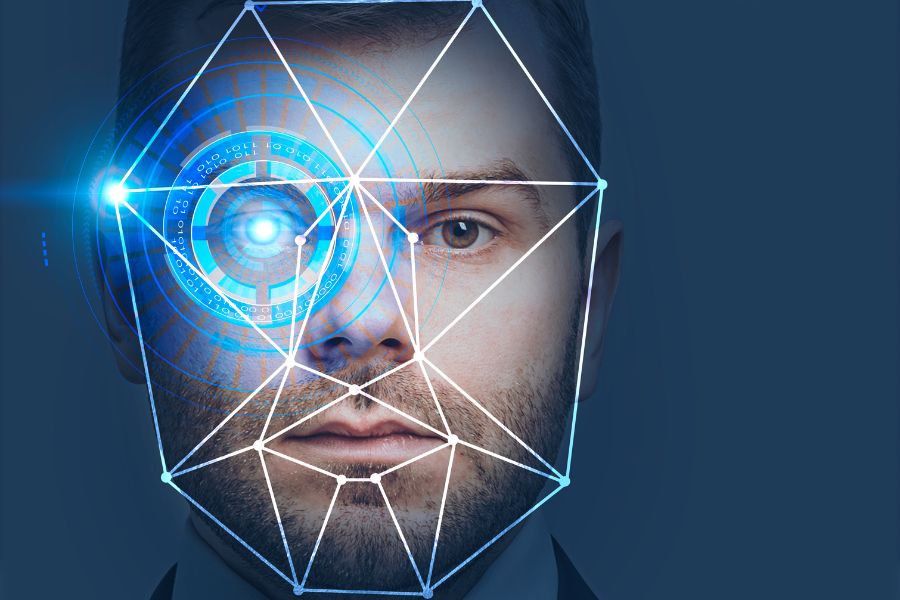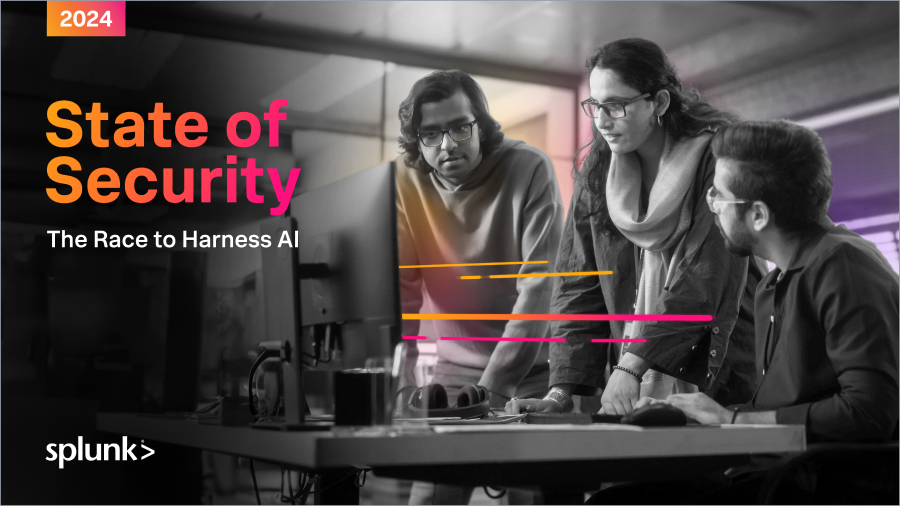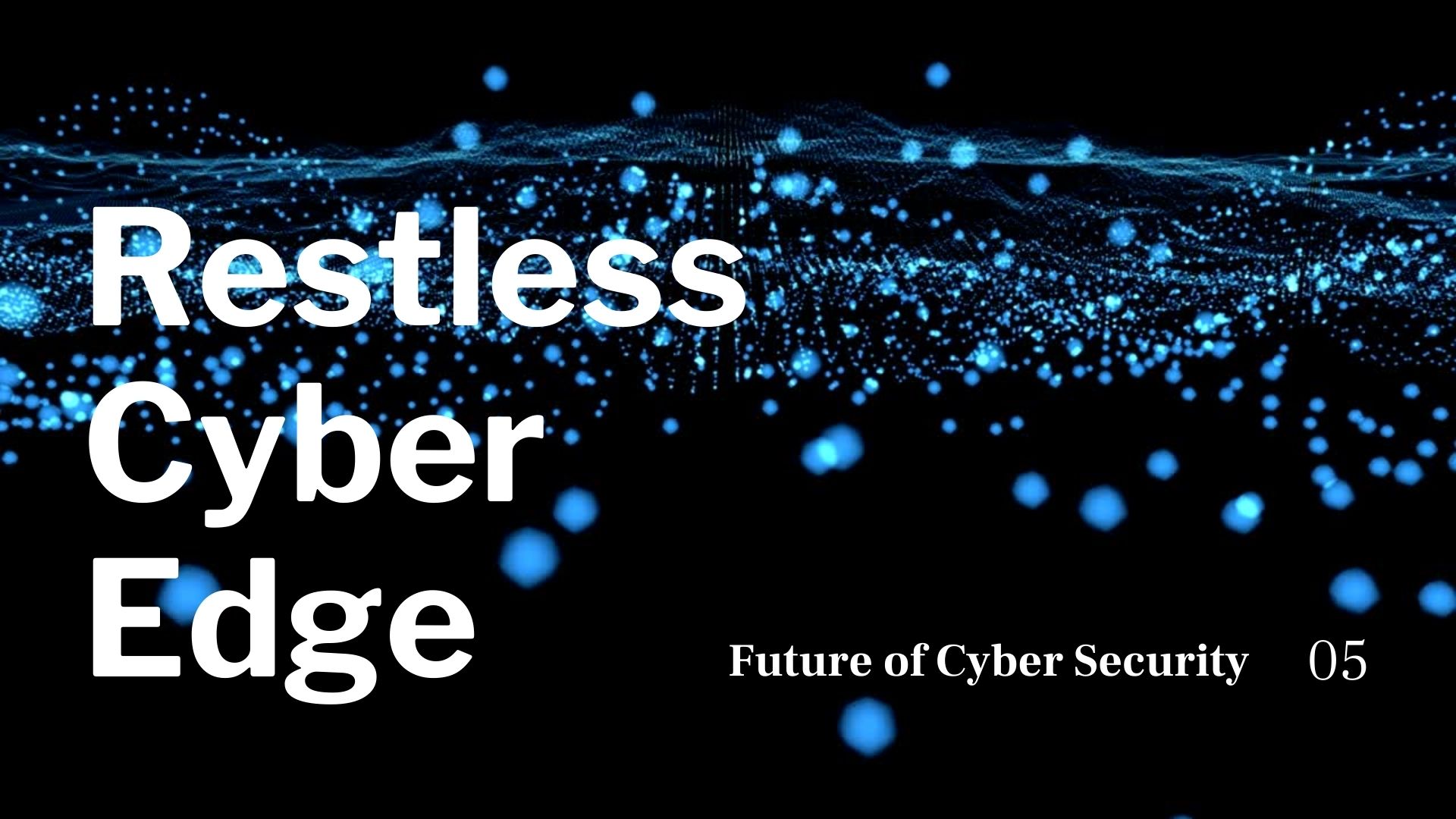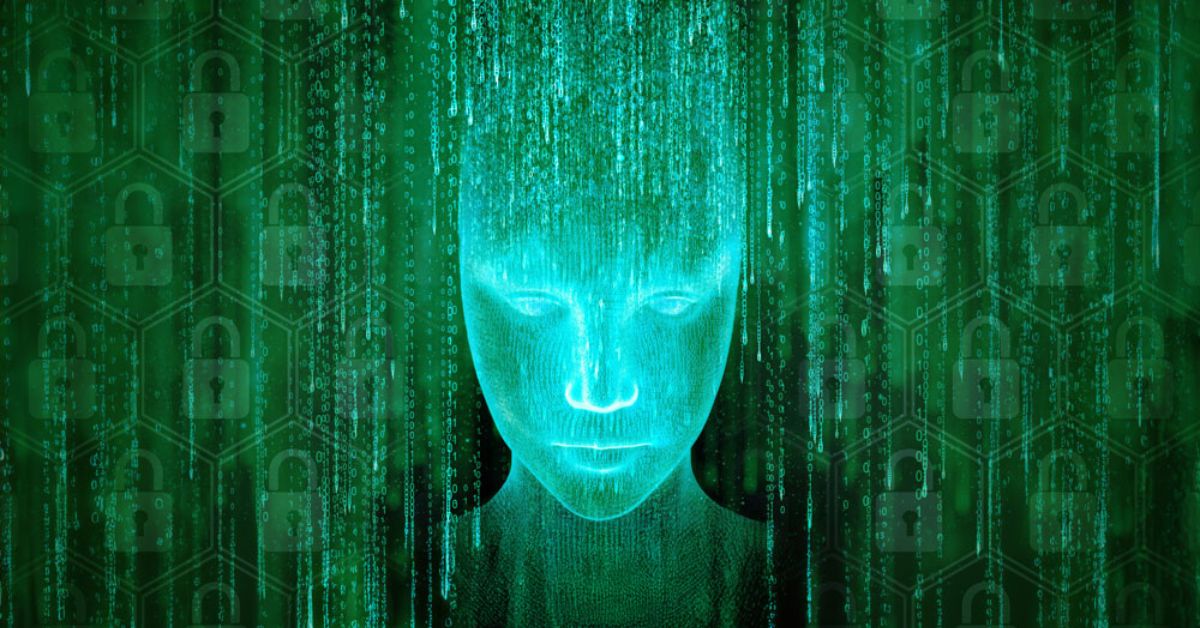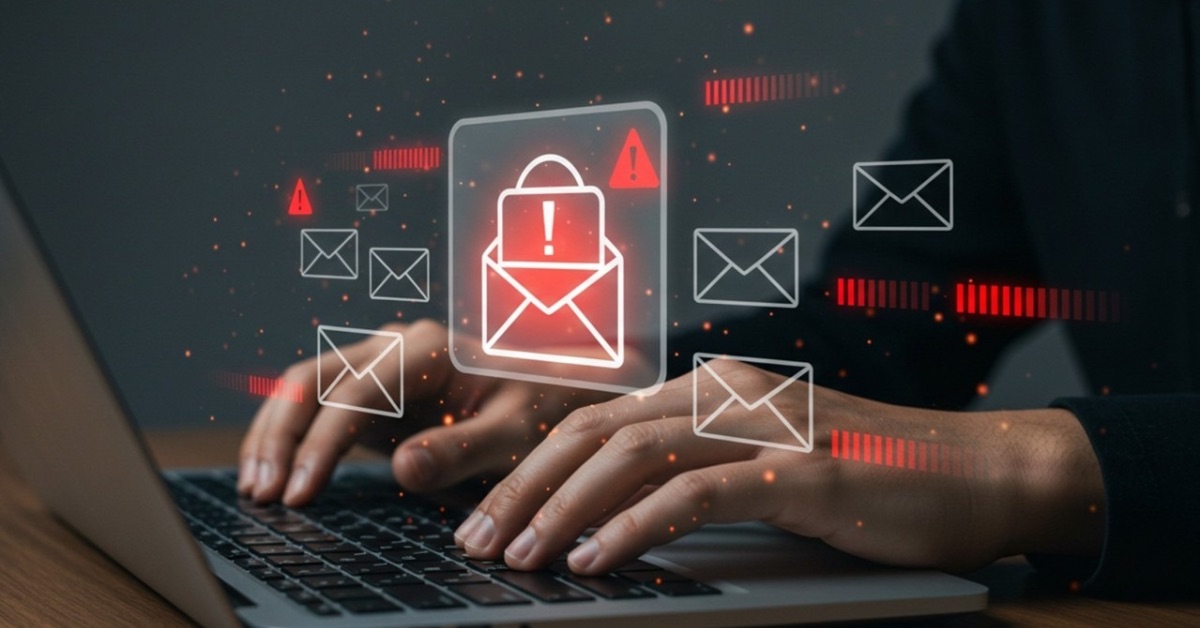Facial Recognition In Cybersecurity: Benefits, Challenges, And Best Practices
August 23, 2025, 5 min read
You might have just heard of facial recognition being used to unlock mobiles or other devices. That’s just one side of the image. The role of this technology in cybersecurity is much deeper than simply device unlocking. It’s now seen as a strong way to avoid potential threats in online security. But at the same time, it also brings forward concerns that must be addressed along with its benefits. That’s what we are going to do in this article. In this post, we will walk you through the advantages, challenges, and best practices of implementing face scanning in cybersecurity. So, let’s get started.
Benefits Of Facial Recognition In Cybersecurity
The integration of facial recognition technology with cybersecurity comes with many benefits that can’t be ignored. Here are some of the prominent ones among them:
No Risk Of Identity Theft
The biggest advantage is that face scanning eliminates the risk of identity theft. Since it’s not a password or pattern that anyone can guess, it becomes impossible to access someone’s account. Even though facial identification systems are so advanced that they can differentiate whether a real person is in front of them or if it’s their portrait, this means no one can trick the systems by showing a photo of the original account owner.
Easier Identity Verification
Face recognition technology has opened the gates to developing advanced models that can not only identify a person but also reveal their information available on the web. This just requires access to a Face search tool powered by AI-based algorithms and inputting the photo of the suspect. Within seconds, the system cross-checks the face across the internet and shows all the places where it appears in different contexts.
Potential For Integrations
The power of scanning faces has the flexibility to be integrated with other defense systems. And guess what? It becomes far stronger when combined with security measures like firewalls, biometric logins, and encrypted tokens. It acts as an additional layer of safety. So, if hackers somehow manage to bypass one security system, breaking through the other layers makes it nearly impossible to get in.
Challenges Face Identification Poses In Cybersecurity
Just like every security system, the application of facial recognition in cybersecurity also poses some challenges. Let’s look at a few major ones.
Requires Higher Implementation Expenses
Implementation cost is one of the main challenges that individuals, teams, and companies face when integrating face scanning with digital security. Whether it’s building your facial identification system or sourcing it through APIs, both are pretty expensive options. On top of that, regular updates to the system and hiring a dedicated staff to monitor issues further add to the cost. That’s the reason that many organizations are still relying on passwords, patterns, or finger scanning.
Maybe Less Accurate In Real-Time Detections
Another problem is that face scanning models can struggle in real-time situations. Things like poor lighting, inaccurate camera angles, or minor changes in appearance, like wearing glasses or hats, can lower detection accuracy. And in case the system doesn’t recognize a person due to some technical issues, it can deny them access even if they are the rightful user. Since it’s not like a password or pattern that can be changed, users may be stuck until the error is fixed.
Raises Legal And Ethical Limitations
Facial scanning involves collecting a person’s identity, which is the most sensitive information. Not every state or government allows openly gathering this data because its loss has serious consequences. The theft of facial data directly leads to privacy violations that no one can bear at all. Apart from that, people also feel uneasy knowing their faces are being tracked or stored. This creates legal risks and ethical concerns that make implementing facial identification technology far more complicated in cybersecurity.
Facial Recognition Best Practices in Cybersecurity
While there are some challenges in the integration of facial recognition with online security, they can be avoided by adopting the following best practices.
Combine With Multi-Factor Authentication
It’s better to combine facial recognition with other authentication factors. Why? Because it enables users to access their data using passwords or patterns if the face scanning doesn’t work due to any problem. This way, people don’t have to face unnecessary hassles or restrictions, offering them smooth access control.
Opt For Cost-Effective Solutions
There is no need to always rely on costly software to apply facial recognition in cybersecurity. There are also some cost-effective options, like a web-based face search tool that lets you scan faces both freely and with affordable pricing. With such tools, you can meet many safety purposes, like identity verification, fake profile identification, tracing suspects by their faces, etc. So, instead of leaning towards costly options, you should opt for facial identification solutions that involve minimal to no cost.
Ensure Transparency With Users
If you apply facial recognition to your personal company systems or websites, don’t keep the users in the dark. Instead, make them aware of how their facial data is collected, stored, and used. This builds trust with them and lets them enable face scanning without any hesitation. This way, you not only benefit from stronger security but also gain the confidence of users, which ultimately contributes to your business success.
Perform Regular Checks For Accuracy
As mentioned earlier, the systems with the ability to scan faces may lose accuracy occasionally due to technical faults. Sometimes, this can also happen due to the use of outdated software or technology. That’s why it’s necessary that you keep a check on whether the system is working correctly or not. A regular inspection enables you to mitigate the issue before it creates an access problem for any user.
Ensure Compliance With Privacy Laws
Remember, what applies to Asia about collecting facial data might not be the same in the United States. Each country may have its own set of privacy laws and data protection regulations that companies must follow. So, you should go through those rules and ensure that you are complying with them effectively. This helps you prevent any legal trouble in implementing face identification technology in cybersecurity.
To Sum Up
After going through this guide, we hope that everything is now clear. From benefits, concerns, and best practices, we have discussed all the necessary points for your better understanding. Now that you have a bigger picture of implementing facial identification in cybersecurity, we hope that you can approach it with confidence while balancing its advantages with challenges.



